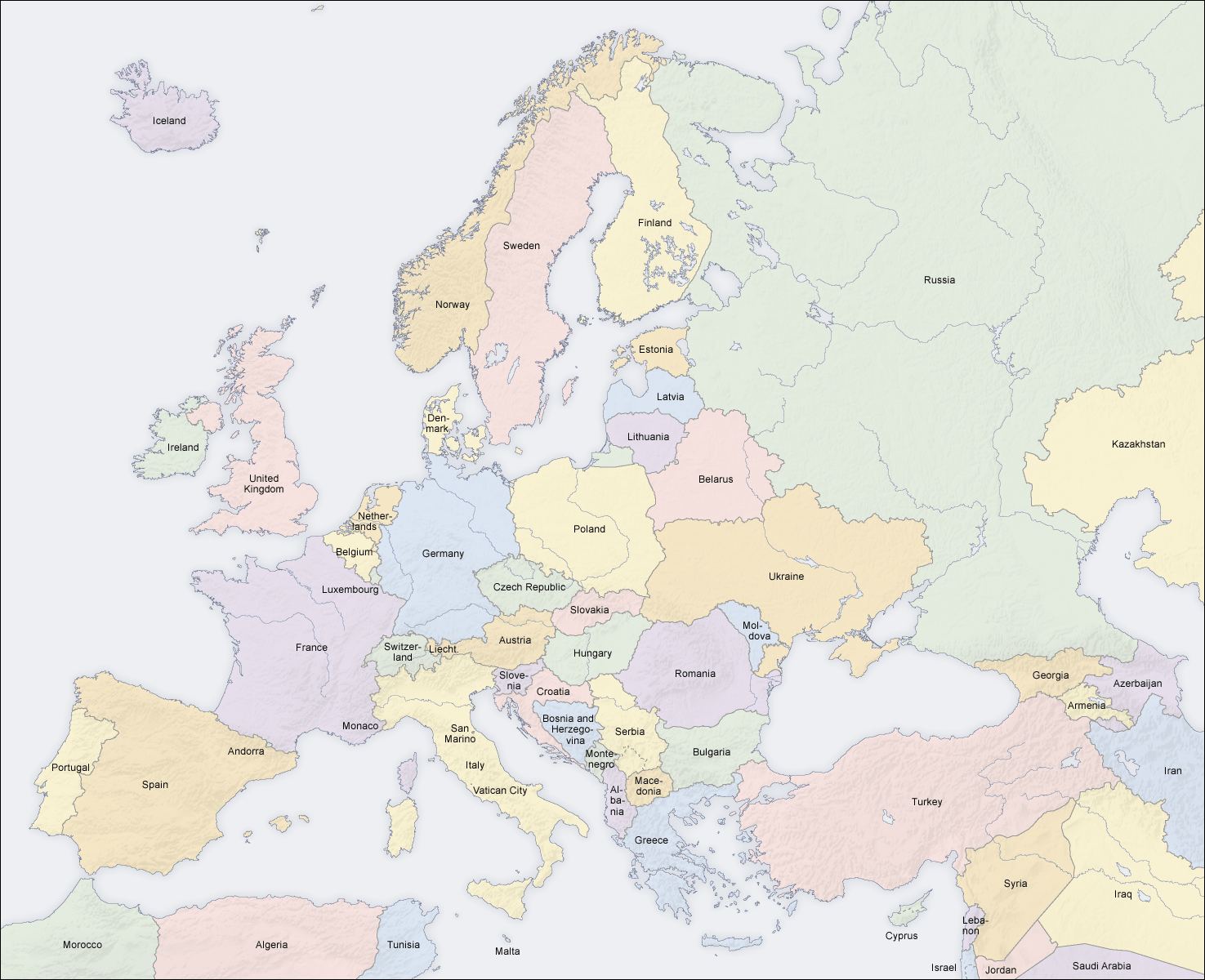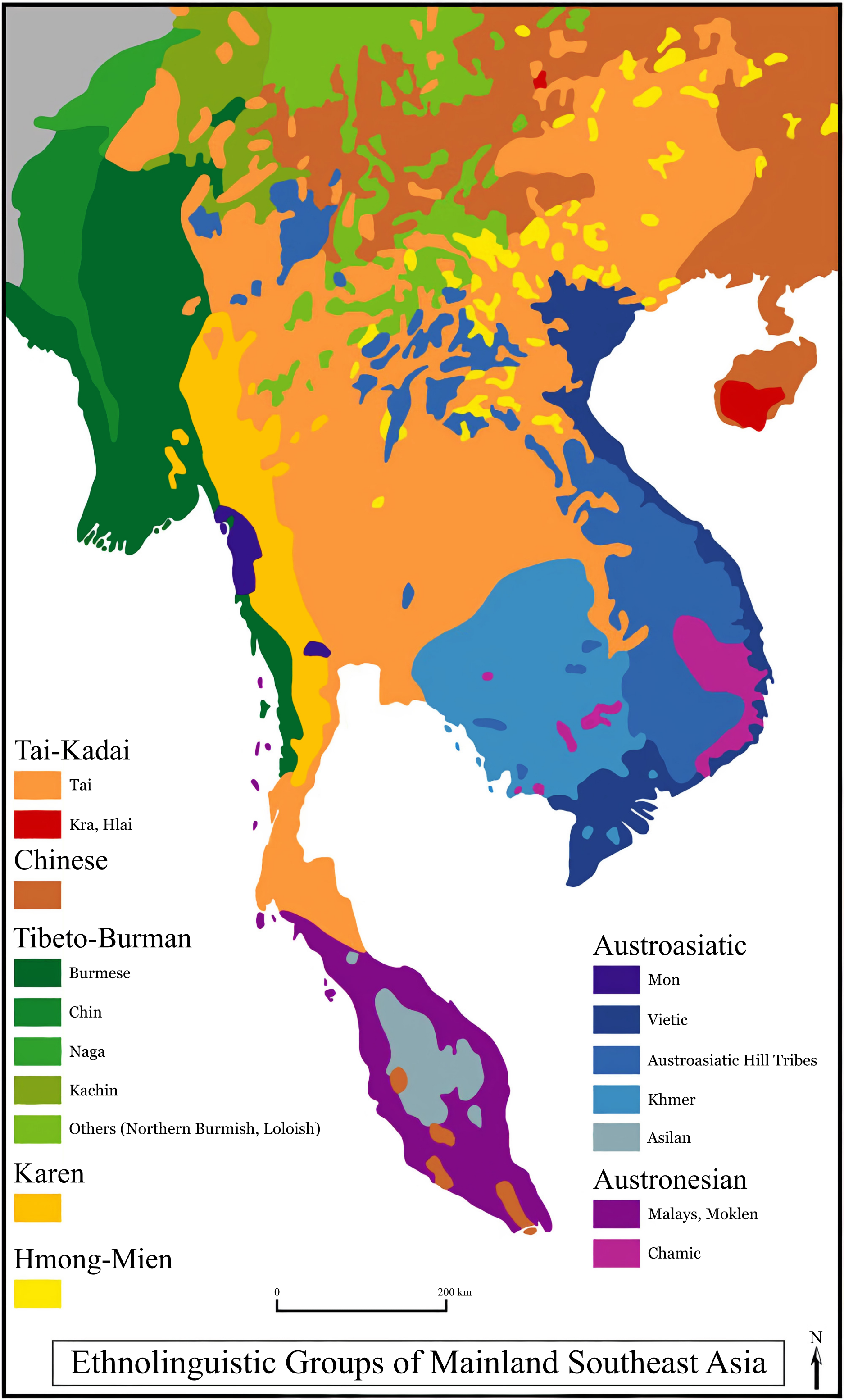|
Language Convergence
Language convergence is a type of linguistic change in which languages come to resemble one another structurally as a result of prolonged language contact and mutual interference, regardless of whether those languages belong to the same language family, i.e. stem from a common genealogical proto-language. In contrast to other contact-induced language changes like creolization or the formation of mixed languages, convergence refers to a mutual process that results in changes in all the languages involved. The term refers to changes in systematic linguistic patterns of the languages in contact (phonology, prosody, syntax, morphology) rather than alterations of individual lexical items. Contexts Language convergence occurs in geographic areas with two or more languages in contact, resulting in groups of languages with similar linguistic features that were not inherited from each language's proto-language. These geographic and linguistic groups are called linguistic areas, or ... [...More Info...] [...Related Items...] OR: [Wikipedia] [Google] [Baidu] |
Language Family
A language family is a group of languages related through descent from a common ''ancestral language'' or ''parental language'', called the proto-language of that family. The term "family" reflects the tree model of language origination in historical linguistics, which makes use of a metaphor comparing languages to people in a biological family tree, or in a subsequent modification, to species in a phylogenetic tree of evolutionary taxonomy. Linguists therefore describe the ''daughter languages'' within a language family as being ''genetically related''. According to '' Ethnologue'' there are 7,151 living human languages distributed in 142 different language families. A living language is defined as one that is the first language of at least one person. The language families with the most speakers are: the Indo-European family, with many widely spoken languages native to Europe (such as English and Spanish) and South Asia (such as Hindi and Bengali); and the Sino-Tibetan famil ... [...More Info...] [...Related Items...] OR: [Wikipedia] [Google] [Baidu] |
Greek Language
Greek ( el, label=Modern Greek, Ελληνικά, Elliniká, ; grc, Ἑλληνική, Hellēnikḗ) is an independent branch of the Indo-European family of languages, native to Greece, Cyprus, southern Italy (Calabria and Salento), southern Albania, and other regions of the Balkans, the Black Sea coast, Asia Minor, and the Eastern Mediterranean. It has the longest documented history of any Indo-European language, spanning at least 3,400 years of written records. Its writing system is the Greek alphabet, which has been used for approximately 2,800 years; previously, Greek was recorded in writing systems such as Linear B and the Cypriot syllabary. The alphabet arose from the Phoenician script and was in turn the basis of the Latin, Cyrillic, Armenian, Coptic, Gothic, and many other writing systems. The Greek language holds a very important place in the history of the Western world. Beginning with the epics of Homer, ancient Greek literature includes many works of lasting impo ... [...More Info...] [...Related Items...] OR: [Wikipedia] [Google] [Baidu] |
Dialect Levelling
Dialect levelling or leveling (in American English) is the process of an overall reduction in the variation or diversity of features between two or more dialects. Typically, this comes about through assimilation, mixture, and merging of certain dialects, often by language standardization. It has been observed in most languages with large numbers of speakers after industrialisation and modernisation of the areas in which they are spoken. Definition Dialect levelling has been defined as the process by which structural variation in dialects is reduced, "the process of eliminating prominent stereotypical features of differences between dialects", "a social process hatconsists in negotiation between speakers of different dialects aimed at setting the properties of, for example, a lexical entry", "the reduction of variation between dialects of the same language in situations where speakers of these dialects are brought together", "the eradication of socially or locally marked variants ( ... [...More Info...] [...Related Items...] OR: [Wikipedia] [Google] [Baidu] |
Indo European Languages
The Indo-European languages are a language family native to the overwhelming majority of Europe, the Iranian plateau, and the northern Indian subcontinent. Some European languages of this family, English, French, Portuguese, Russian, Dutch, and Spanish, have expanded through colonialism in the modern period and are now spoken across several continents. The Indo-European family is divided into several branches or sub-families, of which there are eight groups with languages still alive today: Albanian, Armenian, Balto-Slavic, Celtic, Germanic, Hellenic, Indo-Iranian, and Italic; and another nine subdivisions that are now extinct. Today, the individual Indo-European languages with the most native speakers are English, Hindi–Urdu, Spanish, Bengali, French, Russian, Portuguese, German, and Punjabi, each with over 100 million native speakers; many others are small and in danger of extinction. In total, 46% of the world's population (3.2 billion people) speaks an Indo-Eu ... [...More Info...] [...Related Items...] OR: [Wikipedia] [Google] [Baidu] |
Standard Average European
Standard Average European (SAE) is a concept introduced in 1939 by American linguist Benjamin Whorf to group the modern Indo-European languages of Europe with shared common features. Whorf argued that the SAE languages were characterized by a number of similarities, including syntax and grammar, vocabulary and its use, as well as the relationship between contrasting words and their origins, idioms, and word order, which all made them stand out from many other language groups around the world which do not share these similarities, in essence creating a continental sprachbund. His point was to argue that the disproportionate degree of knowledge of SAE languages biased linguists towards considering grammatical forms to be highly natural or even universal, when in fact they were only peculiar to the SAE language group. Whorf contrasted what he called the ''SAE tense system'' (which contrasts past, present and future tenses) with that of the Hopi language of North America, which Whorf ... [...More Info...] [...Related Items...] OR: [Wikipedia] [Google] [Baidu] |
Retroflex Consonant
A retroflex ( /ˈɹɛtʃɹoːflɛks/), apico-domal ( /əpɪkoːˈdɔmɪnəl/), or cacuminal () consonant is a coronal consonant where the tongue has a flat, concave, or even curled shape, and is articulated between the alveolar ridge and the hard palate. They are sometimes referred to as cerebral consonants—especially in Indology. The Latin-derived word ''retroflex'' means "bent back"; some retroflex consonants are pronounced with the tongue fully curled back so that articulation involves the underside of the tongue tip ( subapical). These sounds are sometimes described as "true" retroflex consonants. However, retroflexes are commonly taken to include other consonants having a similar place of articulation without such extreme curling of the tongue; these may be articulated with the tongue tip (apical) or the tongue blade (laminal). Types Retroflex consonants, like other coronal consonants, come in several varieties, depending on the shape of the tongue. The tongue may be eith ... [...More Info...] [...Related Items...] OR: [Wikipedia] [Google] [Baidu] |
Dravidian Languages
The Dravidian languages (or sometimes Dravidic) are a family of languages spoken by 250 million people, mainly in southern India, north-east Sri Lanka, and south-west Pakistan. Since the colonial era, there have been small but significant immigrant communities in Mauritius, Myanmar, Singapore, Malaysia, Indonesia, Philippines, United Kingdom, Australia, France, Canada, Germany, South Africa, and the United States. The Dravidian languages are first attested in the 2nd century BCE, as Tamil-Brahmi script, inscribed on the cave walls in the Madurai and Tirunelveli districts of Tamil Nadu. The Dravidian languages with the most speakers are (in descending order of number of speakers) Telugu, Tamil, Kannada and Malayalam, all of which have long literary traditions. Smaller literary languages are Tulu and Kodava. There are also a number of Dravidian-speaking scheduled tribes, such as the Kurukh in Eastern India and Gondi in Central India. Outside of India, Brahui is mo ... [...More Info...] [...Related Items...] OR: [Wikipedia] [Google] [Baidu] |
Indo-Aryan Languages
The Indo-Aryan languages (or sometimes Indic languages) are a branch of the Indo-Iranian languages in the Indo-European languages, Indo-European language family. As of the early 21st century, they have more than 800 million speakers, primarily concentrated in India, Pakistan, Bangladesh, Nepal, Sri Lanka, and Maldives. Moreover, apart from the Indian subcontinent, large immigrant and expatriate Indo-Aryan–speaking communities live in Northwestern Europe, Western Asia, North America, the Caribbean, Southeast Africa, Polynesia and Australia, along with several million speakers of Romani languages primarily concentrated in Southeast Europe, Southeastern Europe. There are over 200 known Indo-Aryan languages. Modern Indo-Aryan languages descend from Old Indo-Aryan languages such as early Vedic Sanskrit, through Middle Indo-Aryan languages (or Prakrits). The largest such languages in terms of First language, first-speakers are Hindustani language, Hindi–Urdu (),Standard Hindi firs ... [...More Info...] [...Related Items...] OR: [Wikipedia] [Google] [Baidu] |
Phoneme
In phonology and linguistics, a phoneme () is a unit of sound that can distinguish one word from another in a particular language. For example, in most dialects of English, with the notable exception of the West Midlands and the north-west of England, the sound patterns (''sin'') and (''sing'') are two separate words that are distinguished by the substitution of one phoneme, , for another phoneme, . Two words like this that differ in meaning through the contrast of a single phoneme form a ''minimal pair''. If, in another language, any two sequences differing only by pronunciation of the final sounds or are perceived as being the same in meaning, then these two sounds are interpreted as phonetic variants of a single phoneme in that language. Phonemes that are established by the use of minimal pairs, such as ''tap'' vs ''tab'' or ''pat'' vs ''bat'', are written between slashes: , . To show pronunciation, linguists use square brackets: (indicating an aspirated ''p'' in ''p ... [...More Info...] [...Related Items...] OR: [Wikipedia] [Google] [Baidu] |
Mainland Southeast Asia Linguistic Area
The Mainland Southeast Asia linguistic area is a sprachbund including languages of the Sino-Tibetan, Hmong–Mien (or Miao–Yao), Kra–Dai, Austronesian and Austroasiatic families spoken in an area stretching from Thailand to China. Neighbouring languages across these families, though presumed unrelated, often have similar typological features, which are believed to have spread by diffusion. James Matisoff referred to this area as the "Sinosphere", contrasted with the "Indosphere", but viewed it as a zone of mutual influence in the ancient period. Language distribution The Austroasiatic languages include Vietnamese and Khmer, as well as many other languages spoken in scattered pockets as far afield as Malaya and eastern India. Most linguists believe that Austroasiatic languages once ranged continuously across southeast Asia and that their scattered distribution today is the result of the subsequent migration of speakers of other language groups from southern China. Chinese ... [...More Info...] [...Related Items...] OR: [Wikipedia] [Google] [Baidu] |
Chinese Language
Chinese (, especially when referring to written Chinese) is a group of languages spoken natively by the ethnic Han Chinese majority and many minority ethnic groups in Greater China. About 1.3 billion people (or approximately 16% of the world's population) speak a variety of Chinese as their first language. Chinese languages form the Sinitic branch of the Sino-Tibetan languages family. The spoken varieties of Chinese are usually considered by native speakers to be variants of a single language. However, their lack of mutual intelligibility means they are sometimes considered separate languages in a family. Investigation of the historical relationships among the varieties of Chinese is ongoing. Currently, most classifications posit 7 to 13 main regional groups based on phonetic developments from Middle Chinese, of which the most spoken by far is Mandarin (with about 800 million speakers, or 66%), followed by Min (75 million, e.g. Southern Min), Wu (74 million, e.g. Shangh ... [...More Info...] [...Related Items...] OR: [Wikipedia] [Google] [Baidu] |







